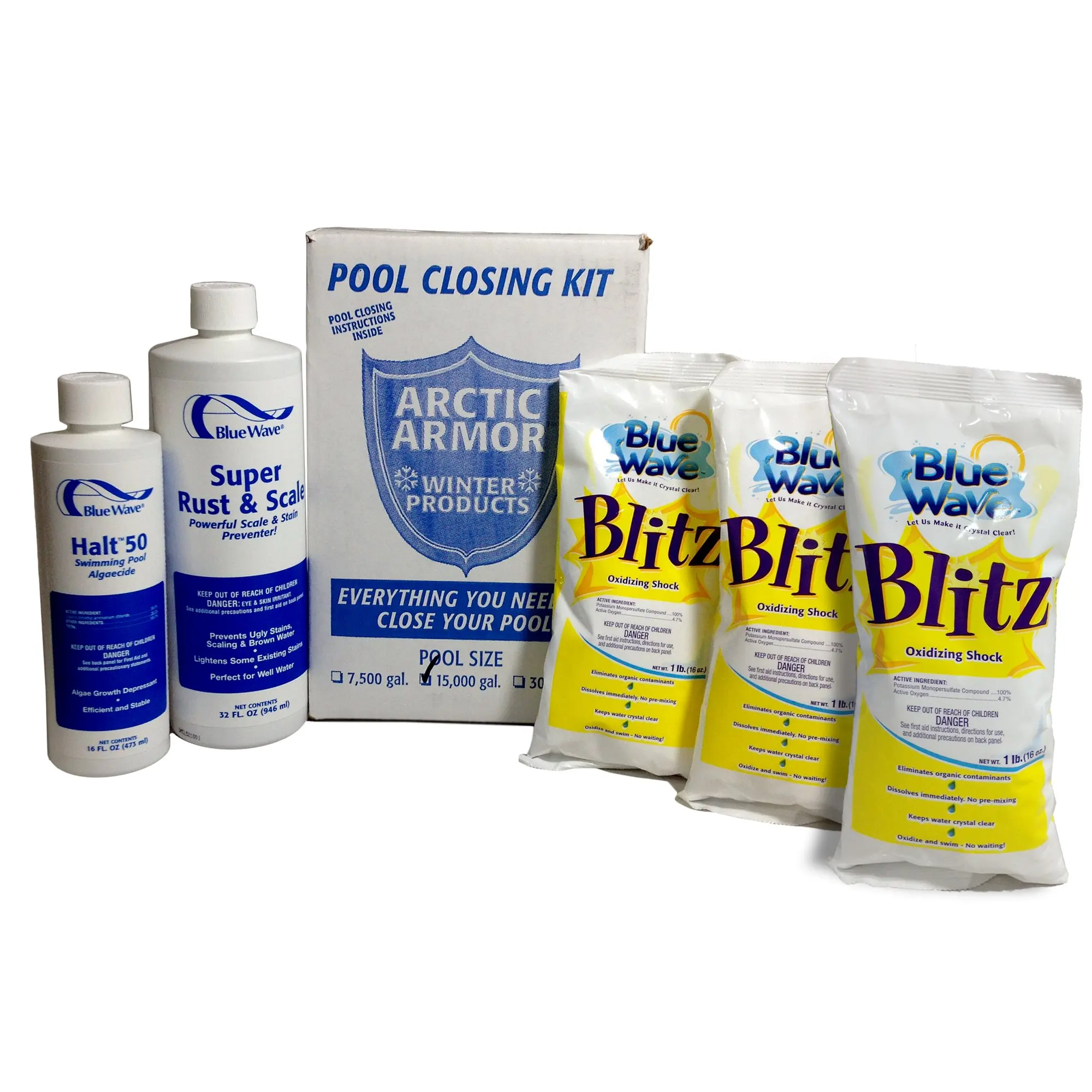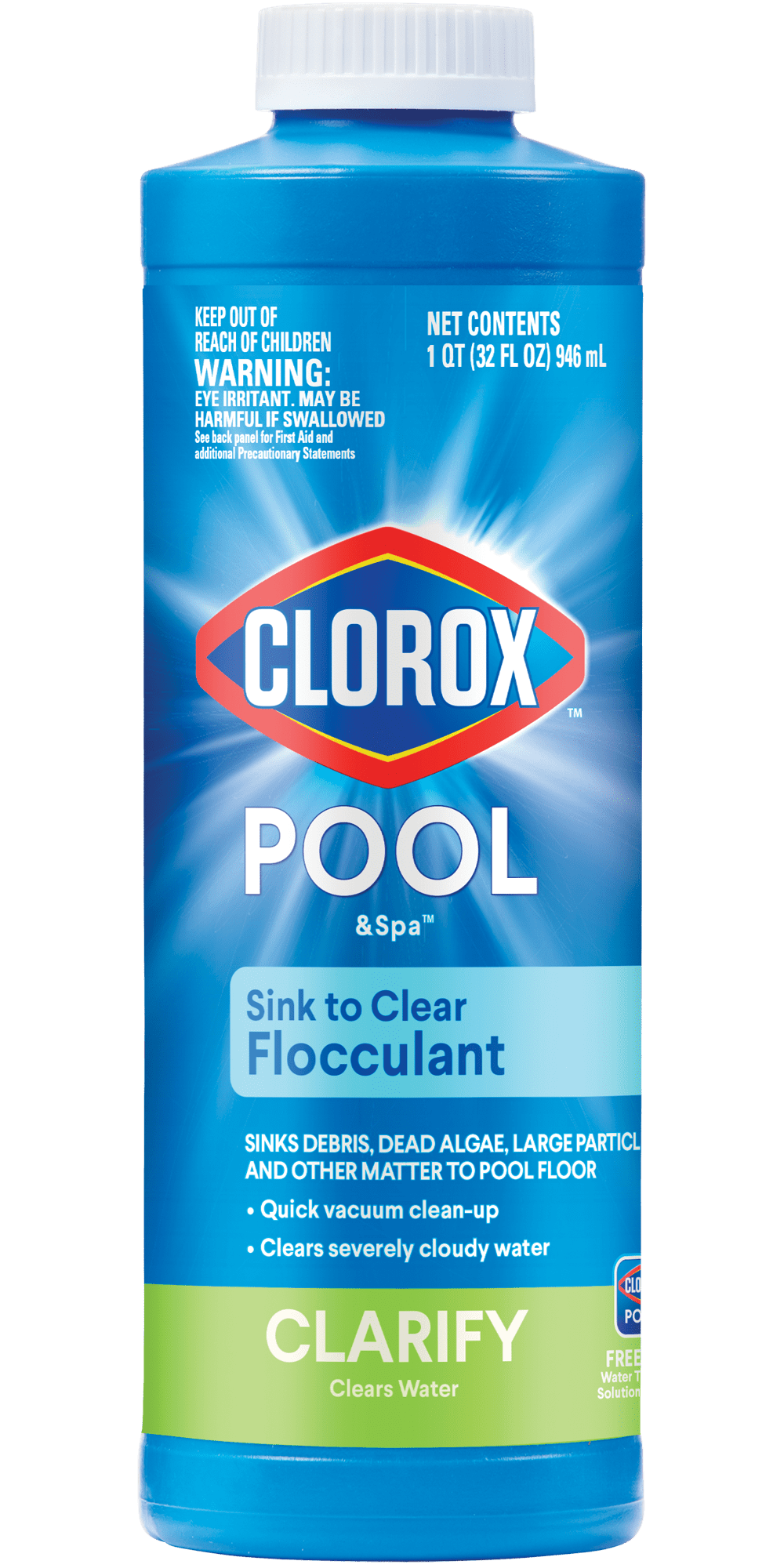
As far as rust being in the water, you need a metal sequestering agent which will remove the metal from the water. If you've started with clean water, small amounts of chlorine should be added while filling. An above ground pool usually only has a surface skimmer. What can I do?Īnswer: Above ground pools can be difficult when trying to get rid of algae, only because there is no "Main drain" or a drain at the bottom of the pool which helps the filtration process greatly. I have a sand filter with brand new sand.

I have put 32 ounces of algaecide along with 4 shocks, and 5 bottles of chlorine. I have cleaned the pool and started with clean water. Question: I have an above ground 24 x 52 round pool. The pH should ideally be low when shocking the pool (around 7.2) because shocking the pool will raise the pH level. Remember to test the water before adding shock. This article shows how I shock a pool with a DE filter. If the pool has a DE filter, then I will use granular chlorine (about 5 pounds).If it is a sand or cartridge filter, I will use liquid chlorine, about 10 gallons, or four of the yellow "Jerry-jugs." I use liquid chlorine because granular chlorine will leave a residue that is harder to filter out.

The choice depends on what type of filter it has.

How big is the pool? How "green" is it? If your pool is a normal residential-sized pool of 13,000-25,000 gallons (the pool pictured at the top of the article is around 18,000 gallons), then your options are liquid chlorine or granular shock. When shocking the pool, consider a few factors. "Shocking," a pool that has turned green, is better known in the industry as "super-chlorination." How Much Shock Should I Add to the Pool? Did I Add Enough?


 0 kommentar(er)
0 kommentar(er)
